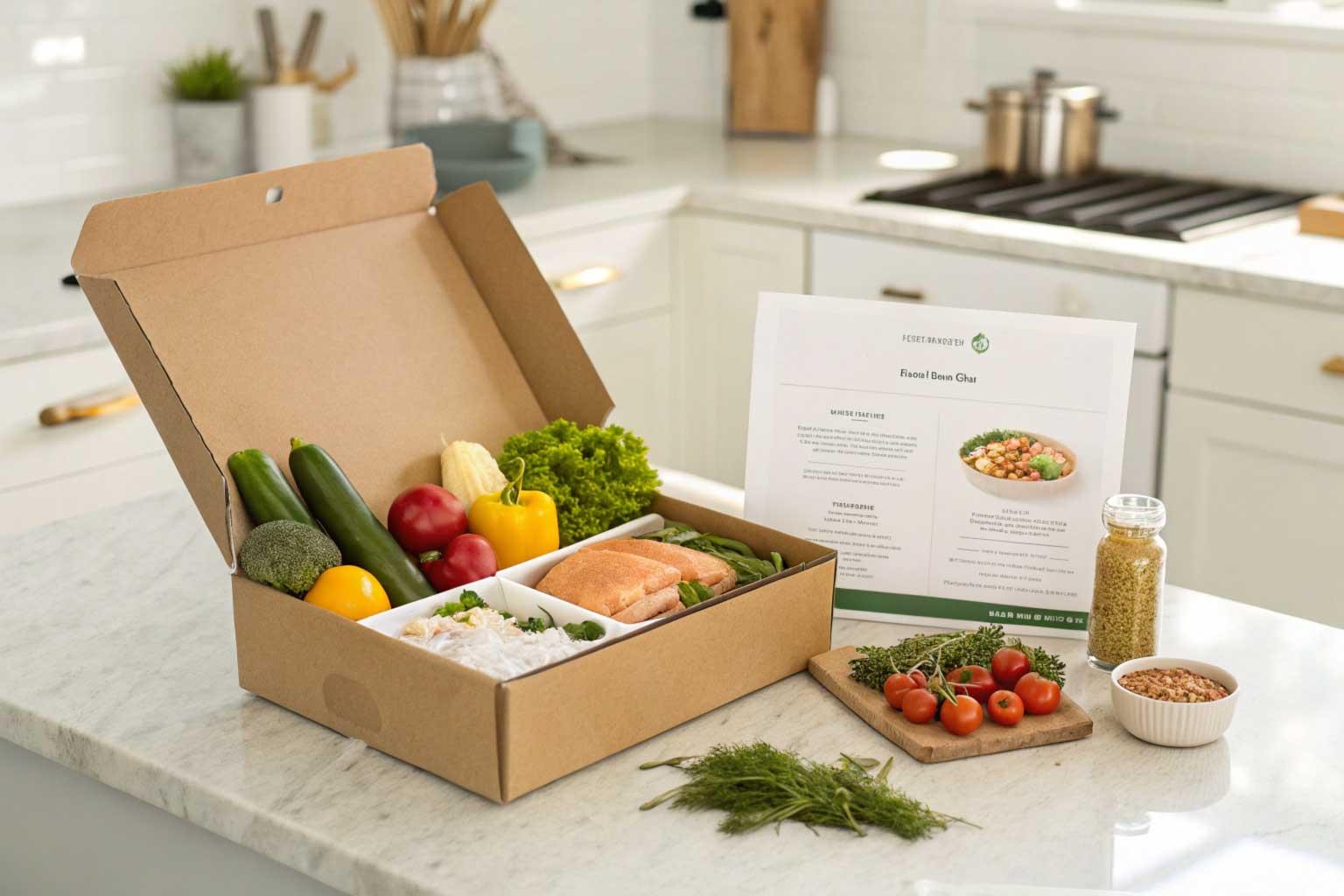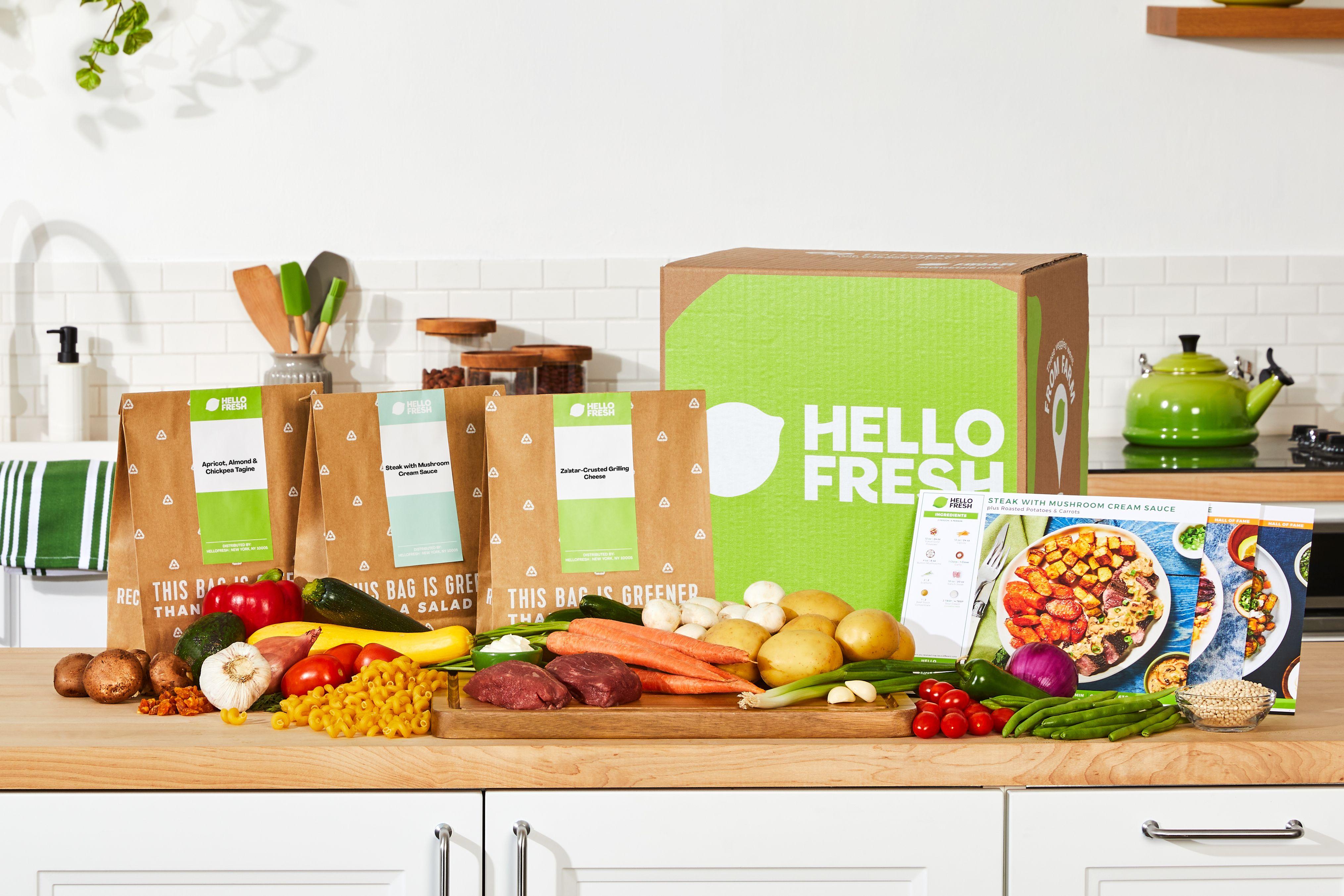In a world where convenience frequently enough comes at the cost of sustainability, the rise of meal kit services has sparked both enthusiasm and scrutiny. Among these services, HelloFresh has emerged as a frontrunner, enticing customers with its promise of fresh ingredients and culinary exploration delivered right too their doorsteps. However, as the popularity of meal kits grows, so too does the conversation surrounding their environmental impact, especially in terms of packaging. This article delves into the nuances of HelloFresh’s packaging practices, exploring the steps the company is taking toward eco-friendliness, the materials thay use, and the complexities of sustainability in the meal kit industry. Join us as we unravel the layers of packaging that protect your meals, and assess just how green this popular meal kit truly is.
Examining the Materials: A deep dive into HelloFresh Packaging Choices
When it comes to meal kit delivery services, the packaging is a crucial factor in evaluating sustainability. HelloFresh employs a variety of materials, each selected with environmental considerations in mind. Many components are designed to be recyclable or compostable,aiming to minimize their ecological footprint. here are some of the materials commonly found in HelloFresh’s packaging:
- Recyclable Cardboard – Used for boxes and dividers.
- Insulation Materials – Made from recycled denim, keeping meals fresh while being environmentally kind.
- Compostable Bags – For certain ingredients, promoting organic waste recycling.
- Ice Packs – Made with non-toxic ingredients and reusable after delivery.
Additionally, HelloFresh provides clear guidance on how customers can properly dispose of the packaging materials. Their commitment to sustainability is not merely in the materials used but also in encouraging eco-conscious behaviors among consumers. To visualize their efforts, consider the following table showcasing the different packaging components and their environmental impact:
| Packaging Component | material Type | Recyclable/Compostable |
|---|---|---|
| Boxes | Cardboard | Recyclable |
| Insulation | Recycled Denim | Recyclable |
| Ingredient Bags | Bioplastics | Compostable |
| Ice Packs | Reusable Gel | Recyclable |

Beyond the Box: Analyzing the Environmental Impact of Meal Kits
The environmental impact of meal kits like HelloFresh is a complex topic, especially when considering the packaging materials used to deliver fresh ingredients directly to consumers. Sustainable sourcing is a crucial aspect of evaluating their overall carbon footprint. HelloFresh claims to prioritize recyclable materials in their packaging, adopting practices aimed at minimizing waste. Additionally, they utilize chilled shipping methods to maintain freshness without compromising the quality or safety of the ingredients. However, understanding the full impact also entails considering the lifecycle of these materials and their disposal methods after use.
While many consumers appreciate the convenience of meal kits, it’s essential to delve deeper into their ecological practices. HelloFresh reports that a significant percentage of their packaging is made from recyclable materials, yet challenges persist regarding the single-use plastics often included in their shipments. The company has initiated programs to encourage correct recycling habits among users, but the effectiveness of these measures is still under scrutiny. To illustrate their commitment, here’s a summary of some of their key efforts:
| initiative | Description | Status |
|---|---|---|
| recyclable Packaging | Utilizing materials that can be recycled in most regions. | ongoing |
| Waste Reduction Programs | Educating consumers on recycling practices. | In Development |
| Plastic alternatives | Exploring substitutes for single-use plastics. | Research Phase |

Innovations in Sustainability: How HelloFresh is Pioneering Eco-Friendly Practices
HelloFresh has made significant strides in its commitment to sustainability through innovative packaging solutions. By utilizing recyclable materials and focusing on reducing waste, the company is reshaping how meal kits are delivered. Its distinctive use of compostable bags for certain ingredients has garnered praise, enabling customers to dispose of their packaging in environmentally friendly ways. The brand is also dedicated to minimizing ice packs and is continually seeking alternatives that can either be repurposed or composted, thereby decreasing the carbon footprint of each meal kit.
Furthermore, HelloFresh actively measures its sustainability impact, regularly publishing insights on eco-friendly practices and the effectiveness of its initiatives.This transparency not only showcases the company’s commitment but also inspires others in the industry to adopt similar eco-conscious measures. Here are a few of their latest initiatives:
- 100% recyclable box materials: Reducing landfill waste.
- Minimized plastic usage: Transitioning towards biodegradable alternatives.
- Clear recycling guidelines: Educating consumers on proper disposal methods.

Optimizing Your Experience: Tips for Responsible Use and disposal of Meal Packaging
To maximize sustainability while enjoying your HelloFresh meals, it’s essential to adopt responsible practices when it comes to packaging. Start by sorting your materials: cardboard boxes, plastic pouches, and insulating ice packs can often be repurposed or recycled in your local area. To facilitate recycling, rinse any food residues from containers and remove labels where possible.Moreover,consider reusing packaging materials creatively—cardboard can be transformed into compost bin liners or arts and crafts material with a little imagination.
when it comes to disposal, familiarize yourself with local recycling guidelines as they can vary significantly. Utilize your weekly meal kit as a chance to educate others on effective disposal practices.Here are some tips to keep in mind:
- compost: Organic waste can be composted to support local soil health.
- check Labels: Always read the recycling numbers on plastics before tossing them.
- Avoid Contamination:** Dry paper and cardboard should not be mixed with soiled materials.
Combining mindfulness with creativity not only enhances your experience but also contributes to a broader movement towards sustainability in your kitchen.
in Retrospect
As we reach the end of our exploration into HelloFresh’s packaging and sustainability practices, it’s clear that the journey towards eco-friendliness is a nuanced one. While the meal kit service has made strides in using recyclable and compostable materials, the question of its overall environmental impact remains complex. Consumers are becoming increasingly mindful of the footprint of their food choices, and HelloFresh, like many in the industry, is on a path of continual improvement.
as you assess whether this meal kit fits into your sustainable lifestyle, consider not just the packaging, but also how it aligns with your own values and practices in reducing waste and supporting greener initiatives. In a world where convenience often collides with environmental obligation, every thoughtful choice contributes to a more sustainable future. Whatever decision you make, may it be informed, empowered, and take us all one step closer to a greener planet. Happy cooking!
